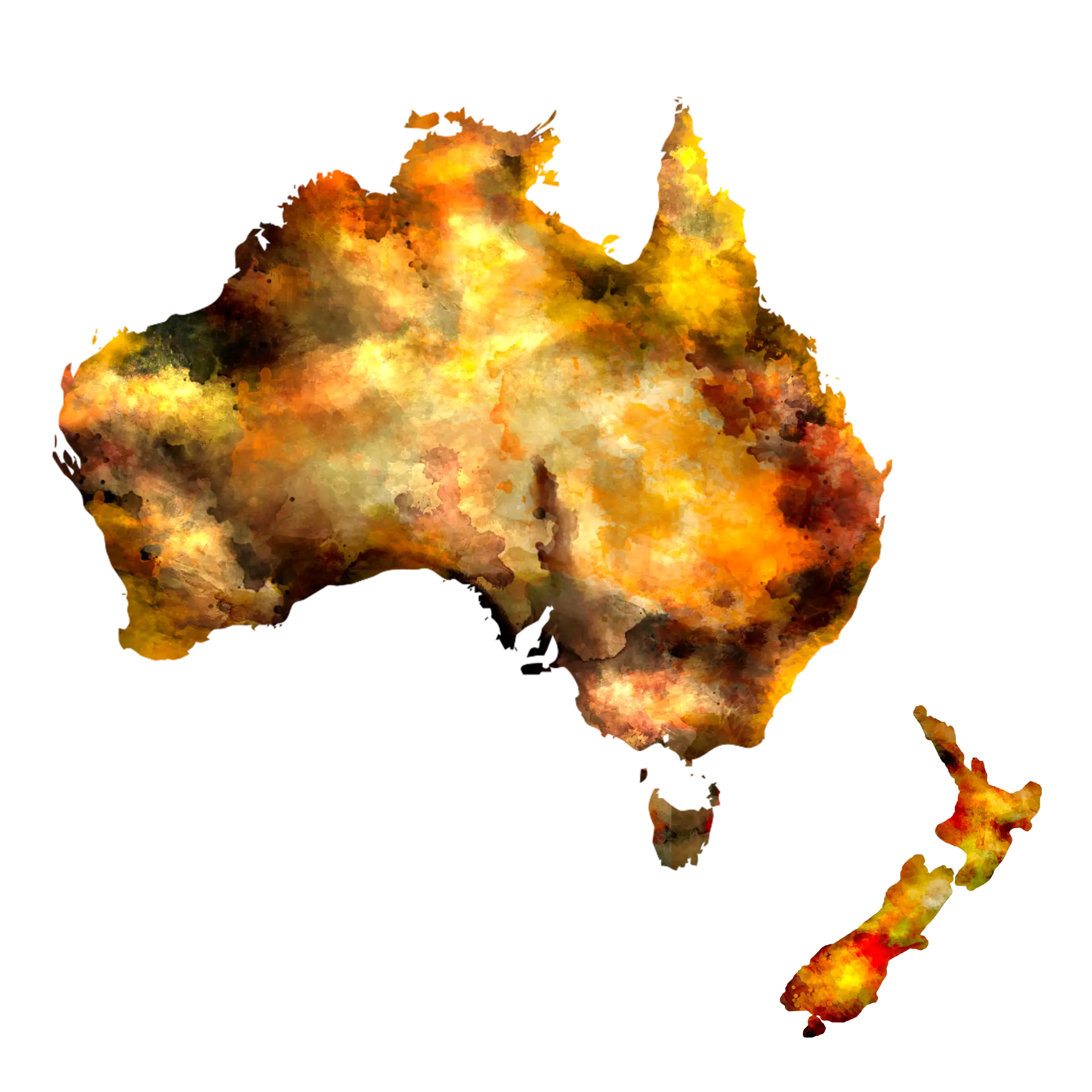Overview
The tuatara is a reptile native to New Zealand, known for its unique evolutionary lineage that dates back over 200 million years. Often referred to as a “living fossil,” it is the only surviving member of the order Rhynchocephalia. Tuataras are small to medium-sized reptiles, resembling lizards, but with distinct anatomical differences. They play a crucial ecological role in their native habitats, primarily inhabiting offshore islands free from introduced predators.
Tuataras have a slow growth rate and a long lifespan, often exceeding 60 years in the wild. They are primarily nocturnal, emerging at night to feed on various invertebrates and occasionally small vertebrates. Their metabolism is remarkably slow, which is an adaptation to their cool, temperate environment. Despite their ancient lineage, tuataras face modern conservation challenges due to habitat loss and introduced species.
The tuatara’s most distinctive feature is the presence of a third “parietal” eye on the top of its head, which is visible in juveniles but becomes covered with scales in adults. This eye is thought to regulate circadian rhythms and detect light cycles. Their teeth are unique, part of the jawbone rather than separate structures, and they have a distinctive spiny crest along their backs. Tuataras exhibit sexual dimorphism, with males being larger and more robust than females.
Taxonomy
Kingdom
Phylum
Class
Order
Family
Genus
Species
Type
Current distribution:
The wild population of tuataras is restricted to a few offshore islands around New Zealand. These islands include Stephens Island, Brothers Island, and several smaller islands in the Cook Strait and the Hauraki Gulf. Conservation translocations have also established populations on predator-free mainland reserves and additional offshore islands. The controlled environments on these islands help mitigate threats from invasive species.
Despite being limited to specific locations, the tuatara population on these islands is closely monitored and managed. Conservation efforts have succeeded, with population numbers stabilizing or increasing in protected areas. The primary goal is to maintain the predator-free status of these islands to ensure the tuataras' continued survival. Human intervention, such as habitat restoration and predator control, is crucial to their conservation.
Physical Description:
Tuataras are typically greenish-brown and grey, which effectively camouflages them in their natural environment. They have a robust body with a spiny crest along the back, particularly prominent in males. Their heads are large and triangular with a beak-like structure, and their jaws have a unique shearing mechanism due to their teeth being part of the jawbone. Adults can grow up to 31 inches (80 cm) in length, with males generally larger than females.
Juvenile tuataras possess a parietal eye on the top of their heads, which is covered by scales as they mature. This third eye is photosensitive and may regulate biological rhythms. Their skin is rough and covered in small scales, and their muscular build aids in their predatory lifestyle. The tuatara’s limbs are short but strong, with clawed feet well-adapted for digging burrows.

Lifespan: Wild: ~60 Years || Captivity: ~100 Years

Weight: Males: 1.3 lbs (0.6 kg) || Females: 0.9 lbs (0.4 kg)

Length: Males: 31 in (80 cm) || Females: 24 in (60 cm)

Top Speed: 6 mph (10 km/h)
Characteristic:
Native Habitat:
Tuataras inhabit coastal forests, scrublands, and rocky areas on offshore islands around New Zealand. These islands provide a predator-free environment essential for their survival, as they are vulnerable to predation by introduced mammals. Tuataras are found in caves, which they often share with seabirds, creating a symbiotic relationship. The caves offer protection and a stable microclimate, which is crucial for thermoregulation.
The climate of their habitat is temperate, with cool, moist conditions that suit their low metabolic rate. They are primarily nocturnal, avoiding the heat of the day and emerging at night to hunt. Their habitats are often rich in invertebrates, which form the bulk of their diet. Conservation efforts focus on maintaining and restoring these natural habitats to ensure the tuatara’s survival.
Climate Zones:
Biomes:
Biogeographical Realms:
Continents:
Countries:
Diet:
Diet & Feeding Habits:
Tuataras are carnivorous, primarily feeding on invertebrates such as insects, spiders, and worms. Using their nocturnal hunting habits, they also eat small vertebrates, including lizards and bird eggs. Their slow metabolism allows them to go for extended periods without food, making them highly efficient in nutrient-poor environments. Tuataras capture prey using their strong jaws and sharp teeth, which function like shears.
In captivity, tuataras are fed a diet that mimics their natural intake, consisting of insects and small mammals, and supplemented with vitamins and minerals. Their feeding behavior is solitary, and they are known to be territorial, often defending their feeding grounds from others. The juvenile diet is similar to that of adults but may include smaller prey items due to their smaller size. Regular feeding in captivity helps maintain their health and supports their long lifespan.
Mating Behavior:
Mating Description:
Tuataras have a unique mating system characterized by seasonal breeding and prolonged courtship behaviors. Males engage in territorial displays and physical combats to establish dominance and attract females. The breeding season occurs during the warmer months, typically from January to March. Females lay eggs once every two to five years, with incubation periods lasting up to 15 months, the longest of any reptile.
The mating ritual involves the male approaching the female with head bobbing and body inflation displays. Once a female is receptive, the male mounts her back and aligns their cloacas for copulation. After mating, females lay their eggs in burrows or sandy soils, leaving them to incubate naturally. Hatchlings emerge after a long incubation, ready to begin their slow and lengthy maturation process.
Reproduction Season:
Birth Type:
Pregnancy Duration:
Female Name:
Male Name:
Baby Name:
Social Structure Description:
Tuataras are generally solitary animals, with individuals maintaining and defending their territories. These territories are marked and defended primarily by males, especially during breeding. They inhabit caves, which provide shelter and a place to regulate body temperature. During cooler periods, tuataras may share burrows with other individuals, particularly juveniles and subadults.
Social interactions outside of the breeding season are minimal, with tuataras primarily engaging in activities related to feeding and thermoregulation. Males exhibit more territorial and aggressive behaviors compared to females. Juveniles are more vulnerable and often seek refuge in caves away from larger adults. Overall, the social structure of tuataras is characterized by a balance between solitary and communal living, dictated largely by environmental conditions and resource availability.
Groups:
Conservation Status:
Population Trend:
The tuatara population is primarily confined to predator-free offshore islands around New Zealand. These islands serve as critical refuges where tuataras can thrive without the threat of introduced predators. Conservation programs have successfully increased their numbers through translocations and habitat restoration. The overall population trend is positive, with ongoing efforts to maintain and expand these protected areas.
Mainland populations are limited to predator-free reserves where strict biosecurity measures are in place. These controlled environments provide additional safety for tuataras, supporting breeding and reintroduction efforts. Continued monitoring and management are essential to ensure the stability of these populations. The collaboration between government agencies, conservationists, and local communities is crucial for the tuatara’s long-term survival.
Population Threats:
The primary threats to tuatara populations are habitat destruction and predation by introduced mammals such as rats, cats, and stoats. These invasive species pose significant risks, as tuataras have no natural defenses against them. Habitat loss due to human activities, including deforestation and land development, further exacerbates these threats. Climate change also poses a long-term risk by altering the availability of suitable habitats and affecting their reproductive success.
Conservation efforts focus on eradicating invasive species from key habitats and restoring native vegetation. Predation by introduced mammals has led to significant declines in tuatara numbers on the mainland. Efforts to control or eradicate these predators are ongoing and critical to the survival of remaining populations. Habitat restoration, such as reforestation and soil conservation, is vital for creating sustainable environments for tuataras.
Conservation Efforts:
Significant conservation efforts have been implemented to protect and preserve tuatara populations. These include translocation programs, where tuataras are moved to predator-free islands or reserves to establish new populations. Habitat restoration projects aim to rebuild native environments that support tuatara life cycles. Biosecurity measures are strictly enforced to prevent the reintroduction of invasive species to these critical habitats.
Captive breeding programs are also in place to support population numbers and genetic diversity. Zoos and wildlife parks worldwide participate in these programs, providing additional security for the species. Public education and awareness campaigns are crucial in garnering support for tuatara conservation. Collaboration between conservation organizations, government agencies, and indigenous groups plays a key role in the success of these efforts.
Additional Resources:
Fun Facts
- Tuataras are often called “living fossils” due to their ancient lineage.
- They have a unique third eye, known as the parietal eye, which is light-sensitive.
- Tuataras can live over 100 years in captivity.
- Their remarkably slow metabolism allows them to survive long periods without food.
- Their teeth are part of the jawbone and not replaced throughout their life.
- The tuatara’s name comes from the Māori language, meaning “peaks on the back.”
- They exhibit temperature-dependent sex determination, where incubation temperature affects the sex of the hatchlings.
- Tuataras are one of the few reptiles that thrive in cooler climates.
- Their spiny crest is more pronounced in males and is used in territorial displays.
- Tuataras have a long incubation period for their eggs, lasting up to 15 months.








